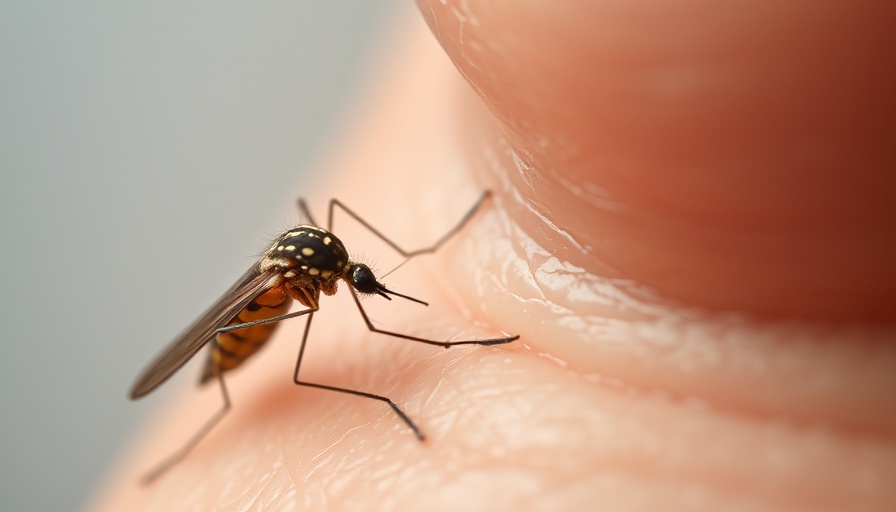
Understanding the Current Concerns Over Girl Scout Cookies
The beloved tradition of selling Girl Scout cookies is now marred by controversy as two groups advocate for consumer safety, claiming that the delicious treats may contain harmful substances. The lawsuit, brought forth by GMO Science and Moms Across America, alleges that these cookies carry residues of heavy metals and pesticides, based on a study highlighting concerning levels of contaminants, including arsenic and glyphosate. Such claims raise significant questions about the safety of these widely cherished seasonal snacks.
What the Lawsuit Claims: A Closer Look at the Findings
The December 2024 study examined 25 samples of Girl Scout cookies from various states, revealing alarming results: the cookies were found to have higher levels of at least four out of five heavy metals tested and were positive for glyphosate. Notably, major brands involved in the lawsuit, ABC Bakers and Ferrero USA's Little Brownie Bakers, are also under scrutiny. The groups behind the lawsuit argue that consumers believe they are purchasing safe and high-quality products, and any misrepresentation could fundamentally alter public trust.
The Girl Scouts' Response: Affirming Cookie Safety
In an effort to quell public concern, the Girl Scouts emphasized their commitment to member and customer safety. Their official blog states that while trace amounts of heavy metals can occur naturally, they are compliant with FDA food safety standards and prioritize responsible food sourcing. The organization assured consumers that the cookies are safe, noting that such contaminants can be found in many foods, including organic products.
Putting Heavy Metals in Perspective: Should We Be Concerned?
The claims of heavy metal contamination aren't entirely new within the food industry. Notably, major chocolate brands like Hershey's have faced similar lawsuits in the past, implying a broader issue regarding food safety standards. Experts argue that the presence of trace heavy metals does not necessarily equate to risk, especially if intake levels are low. However, consumers should remain informed and vigilant about any potential health risks associated with their food choices.
The Bigger Picture: Ethical Consumption and Consumer Awareness
This lawsuit touches upon a more extensive dialogue about consumer ethics in the food industry. It challenges companies to maintain transparency with their customers while fostering responsible sourcing practices. With the substantial profits generated from Girl Scout cookie sales—nearly $1 billion annually—it becomes imperative for such organizations to balance their financial success with ethical accountability to their consumers.
Moving Forward: What This Means for Health-Conscious Consumers
For health-conscious individuals and families, the lawsuit raises vital questions regarding the safety of not just Girl Scout cookies, but an array of processed foods. Consumers should remain educated on what they are feeding their families. As government standards continue to evolve, being informed about both harmful substances and safe dietary practices is essential. Ultimately, ensuring the safety and quality of our snacks should be a shared responsibility between consumers, manufacturers, and regulatory bodies.
For more information on healthy eating and food safety, contact us for more details.
 Add Row
Add Row  Add
Add 




Write A Comment